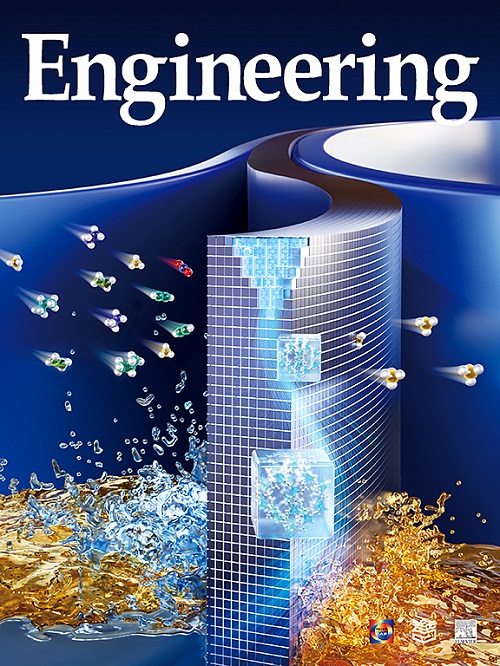Recent Advances in Intracortical Neural Interfaces for Freely Moving Animals: Technologies and Applications
IF 10.1
1区 工程技术
Q1 ENGINEERING, MULTIDISCIPLINARY
引用次数: 0
Abstract
Intracortical neural interfaces directly connect brain neurons with external devices to achieve high temporal resolution and spatially precise sampling of neural activity. When applied to freely moving animals, this technology provides in-depth insight into the underlying neural mechanisms for their movement and cognition in real-world scenarios. However, the application of implanted devices in freely moving animals is limited by restrictions on their behavioral freedom and physiologic impact. In this paper, four technological directions for ideal implantable neural interface devices are analyzed: higher spatial density, improved biocompatibility, enhanced multimodal detection of electrical/neurotransmitter signals, and more effective neural modulation. Finally, we discuss how these technological developments have been applied to freely moving animals to provide better insight into neuroscience and clinical medicine.
求助全文
约1分钟内获得全文
求助全文
来源期刊

Engineering
Environmental Science-Environmental Engineering
自引率
1.60%
发文量
335
审稿时长
35 days
期刊介绍:
Engineering, an international open-access journal initiated by the Chinese Academy of Engineering (CAE) in 2015, serves as a distinguished platform for disseminating cutting-edge advancements in engineering R&D, sharing major research outputs, and highlighting key achievements worldwide. The journal's objectives encompass reporting progress in engineering science, fostering discussions on hot topics, addressing areas of interest, challenges, and prospects in engineering development, while considering human and environmental well-being and ethics in engineering. It aims to inspire breakthroughs and innovations with profound economic and social significance, propelling them to advanced international standards and transforming them into a new productive force. Ultimately, this endeavor seeks to bring about positive changes globally, benefit humanity, and shape a new future.
 求助内容:
求助内容: 应助结果提醒方式:
应助结果提醒方式:


